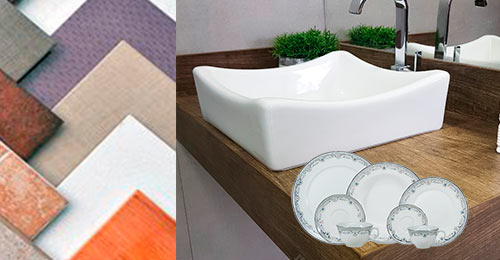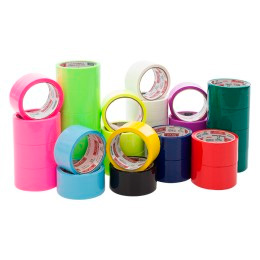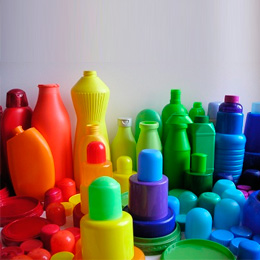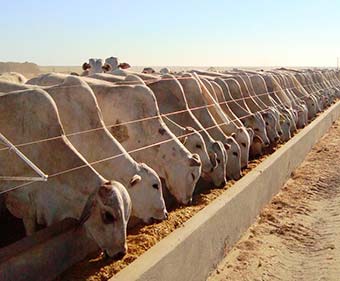APLICATIONS
Kaolin is a special ore, applicable in the most varied segments, from agriculture to the cosmetics industry. Due to its colors, granulometry, particle shape, refractive index as well as oil absorption, kaolin is considered as an exceptional mineral. Another advantage is the intrinsic and extrinsic chemical properties on the geological composition of the earth where it can be found. Check out some uses below.
RUBBER
The use of kaolin improves the performance of rubbers. Applied as a mineral load with a low friction coefficient, it reduces costs and also gives a series of advantages to the final product, such as: it prevents the formation of bubbles, increases the elongation of rupture, it helps in the calendaring process providing a more uniform lamination, besides helping pressing and vulcanization.
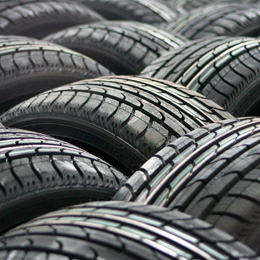
PAPER
Kaolin is widely used in the paper industry which consumes about 45% of world production. Its employability ranges from filling material to additive or substitute for plastic clays, and more. It also helps the final product to have brightness, uniformity, smoothness and print quality. Apart from that, kaolin also helps the environment as it avoids the extraction of trees.
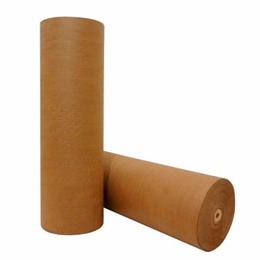
PORCELAIN / SANITARY WARE
In the production of porcelain and sanitary ware, kaolin is increasingly consumed due to its damp plasticity and its property as flux or vitrifying. Considering that kaolin has a fine grain size of its mineral constituents and lamellar forms, this singular ore contributes to the homogeneity of the floor and also gain different colors after the firing.
